European Glaciers Have Been Coming and Going for Thousands of Years, But Now They’re Just Going
2018 was a terrible year for Swiss glaciers.
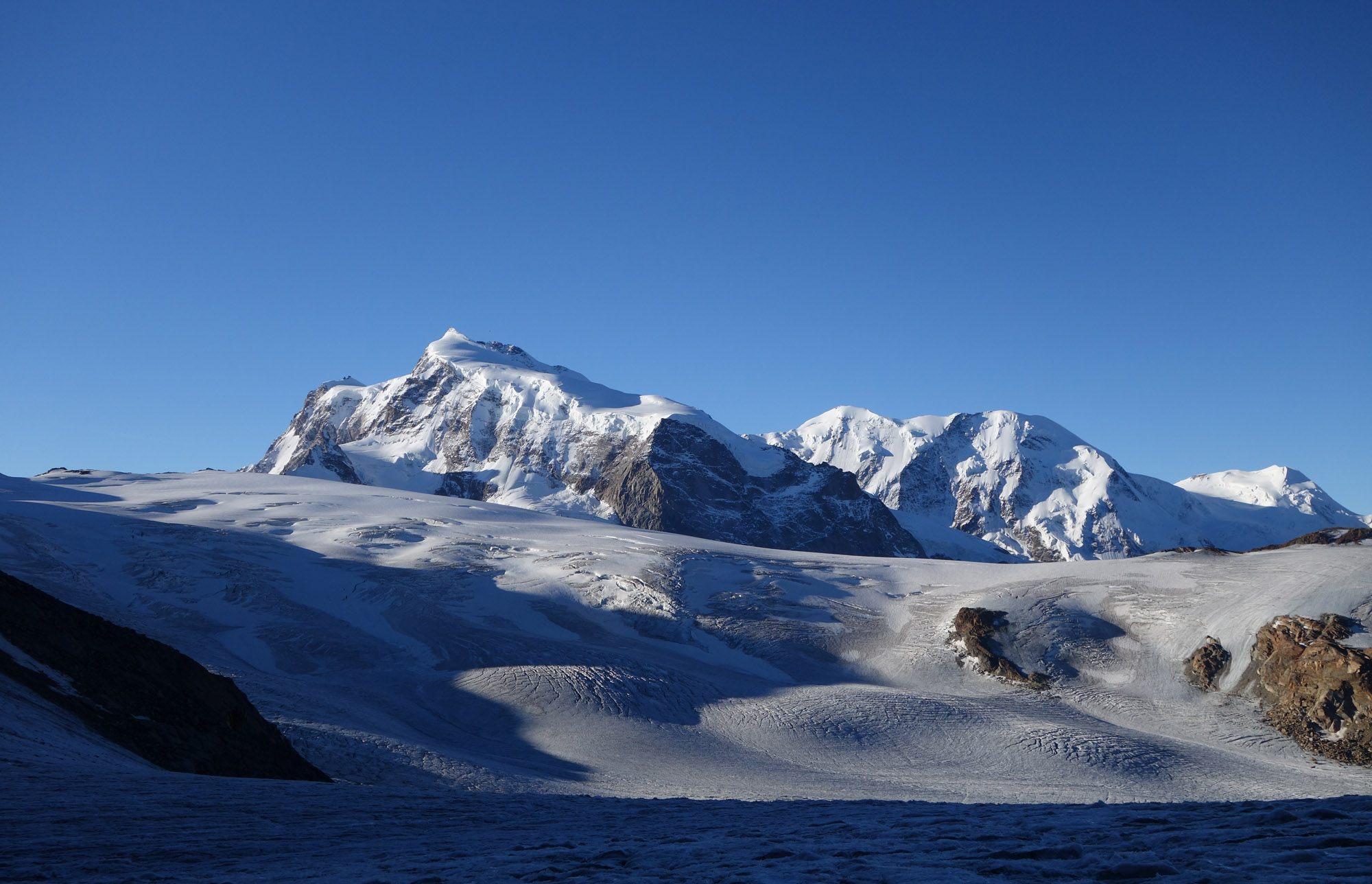
When Matthias Huss started his Ph.D. 12 years ago, he began taking measurements of the small Pizol glacier in eastern Switzerland. Every year for over a decade, he and others have monitored its slow decline. This year, no measurement was needed.
“This is the first year that I saw that it was completely falling to pieces, just little blocks of ice left,” says Huss. “My study object has been lost. It makes me sad.”
Huss is the leader of the Swiss Glacier Monitoring Network and a glaciologist at the Swiss Federal Institute of Technology in Zurich, Switzerland. In October, he reported what many people were suspecting: 2018 was a terrible year for Swiss glaciers.

Swiss glaciers lost over 2.5 percent of their volume this past year—approximately 1.4 billion cubic meters of ice, according to the report from the Swiss Academy of Sciences, authored by Huss. This follows a melting trend that may spell doom for the iconic glaciers that have been part of the landscape for thousands of years.
“Over the last ten years since we’ve been doing these measurements, Swiss glaciers have lost a fifth of their volume,” says Huss. “Losing all of the glaciers in the Alps is not that far away.”
The European Mountain range has seen glaciers come and go for millennia. A recent paper in the journal The Cryosphere, on which Huss was a co-author, modeled over 110,000 years of glacial movements in region. In a stunning two-minute time-lapse animation, they show how dramatic natural climate shifts caused glaciers to form and retreat on the mountain range, covering swaths of Western Europe under layers of ice.

Their study suggests that glaciers in the Alps may have advanced and retreated more than 10 times during the last 120,000 years, more frequently than previously thought. The glaciers’ relatively frequent movements contributed to the carving of valleys, the shaping of mountains, and the forming of the lush Alpine foothills in Europe.
In the animation, around 12,000 years before present, the large white web of glacial ice starts to rapidly shrink. Within 10 seconds, the glaciers that once covered the entire mountain range are only tiny spots on the map.
This massive shift shows the beginning of Holocene geologic era when the Earth pulled out of its last major ice age, making many environments around the world ripe for the spread of human civilization. The small glaciers that survived into this epoch are the ones that researchers like Huss are now worried about losing due to anthropogenic climate change.
“Glaciers have been coming and going,” says Huss, “but we have so much carbon dioxide in the atmosphere now that glaciers that have been continuing for a million years are no longer going to continue.”
Huss says glaciers are essential to feeding Europe’s freshwater rivers, which provide drinking water to millions, especially in the summer months when there is less rainfall. “The summer is when we need the water in the lowlands.” he says, “If the glaciers are gone, this can have really serious consequences.”
Huss says that while natural variation is present, there is no doubt that humans are mainly responsible for the fact that Europe’s glaciers are slipping away. “It really feels like these extreme years are becoming more of the new normal which is not good for our glaciers,” he says. He predicts they might be entirely gone by the end of the century. “This is a very sad thing for me because I’ve spent years with these glaciers and I’m seeing them go away.”
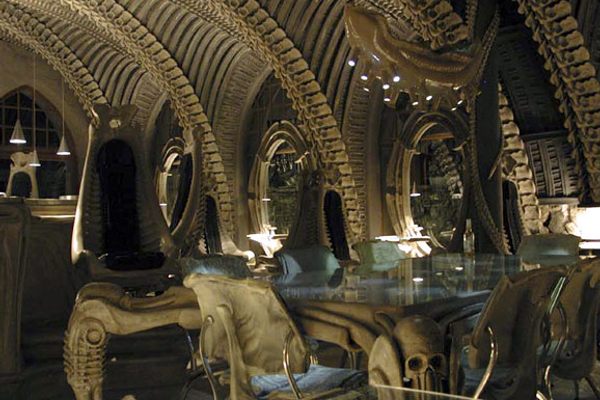


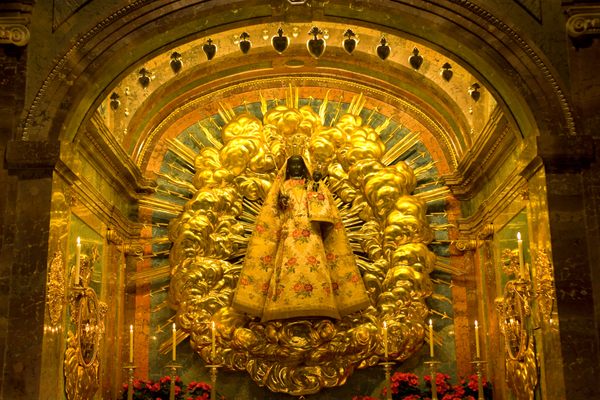
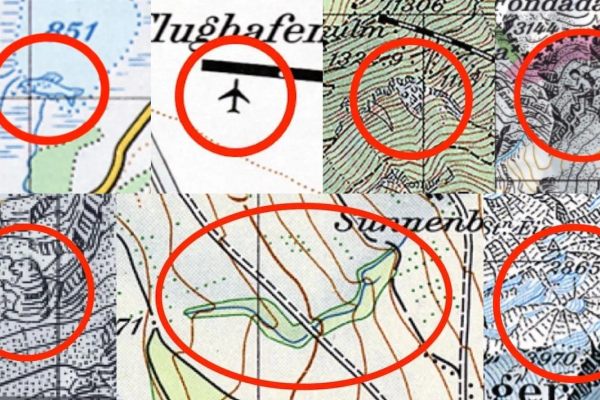
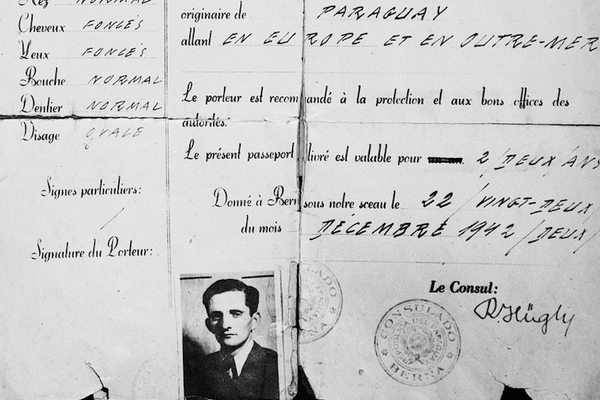
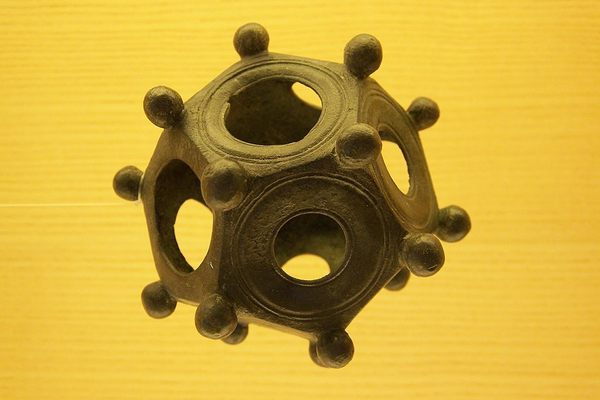




Follow us on Twitter to get the latest on the world's hidden wonders.
Like us on Facebook to get the latest on the world's hidden wonders.
Follow us on Twitter Like us on Facebook